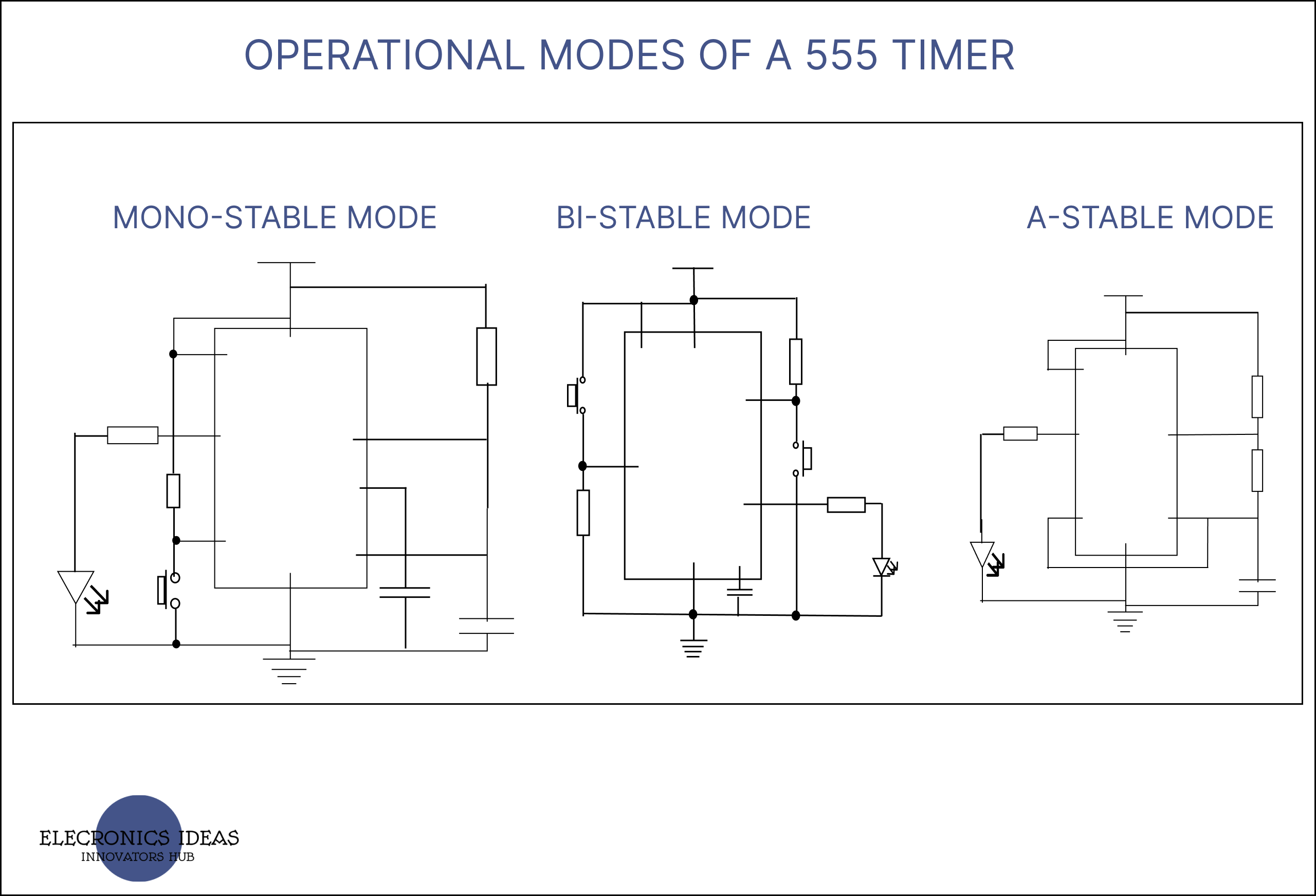A comprehensive guide on Liquid crystal display(LCD)
Introduction to liquid crystal display Liquid Crystal Displays (LCDs) are used to enhance electronic projects by providing a visual interface for data presentation and interaction. They allow users to display information, messages, and sensor readings in a user-friendly format. When integrated into Arduino projects, Liquid crystal displays (LCD) help in the visualization of real-time data … Read more











